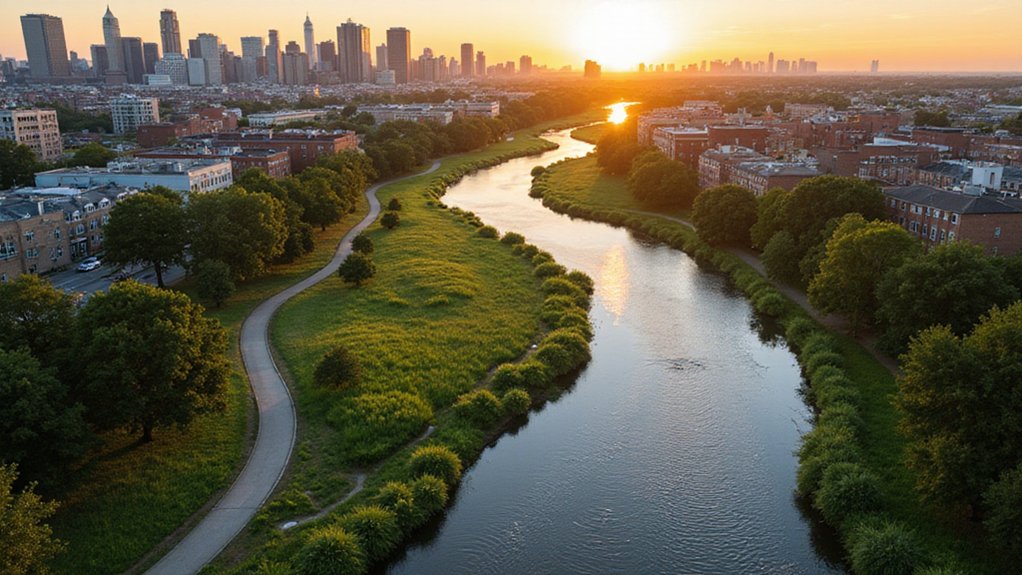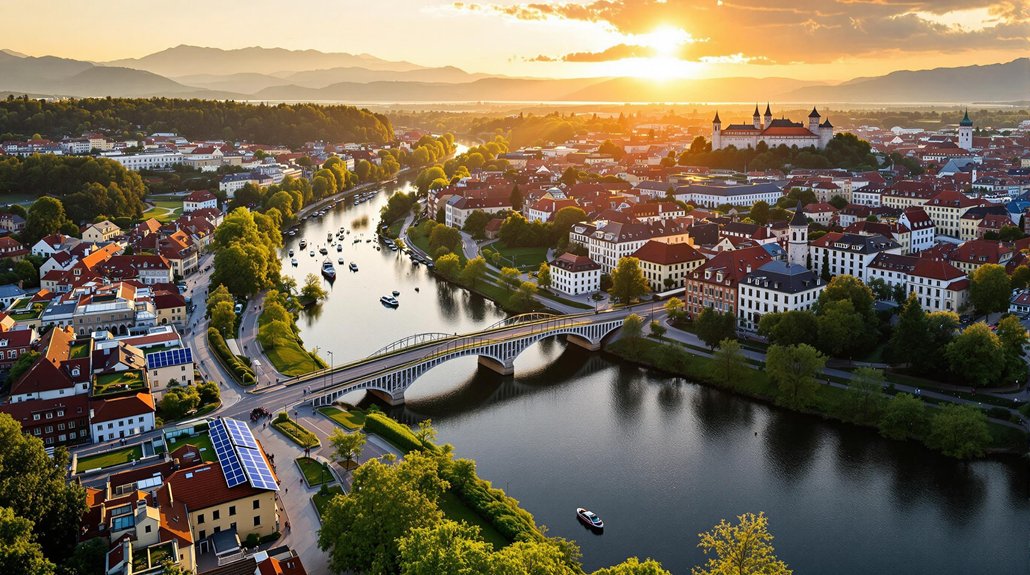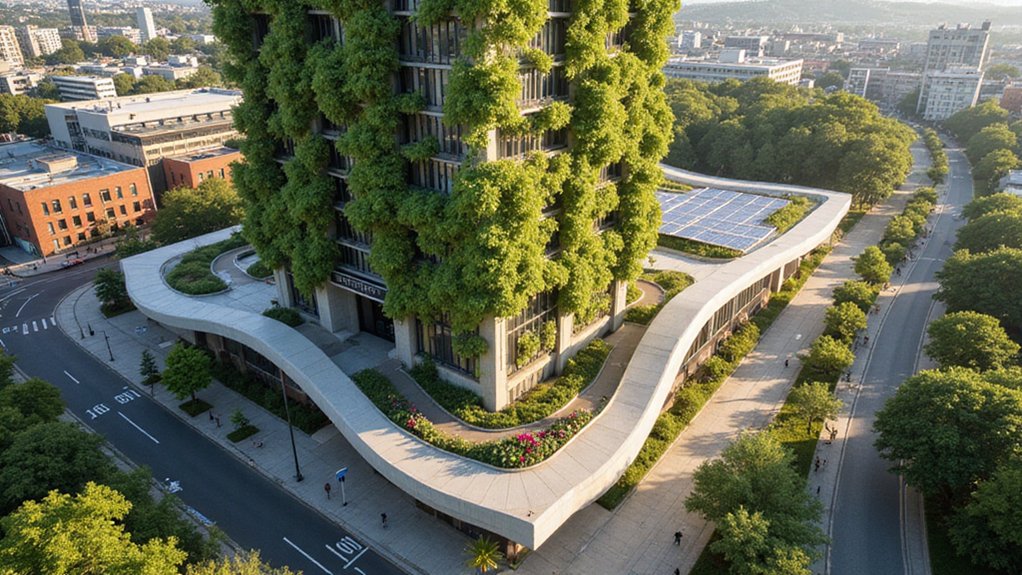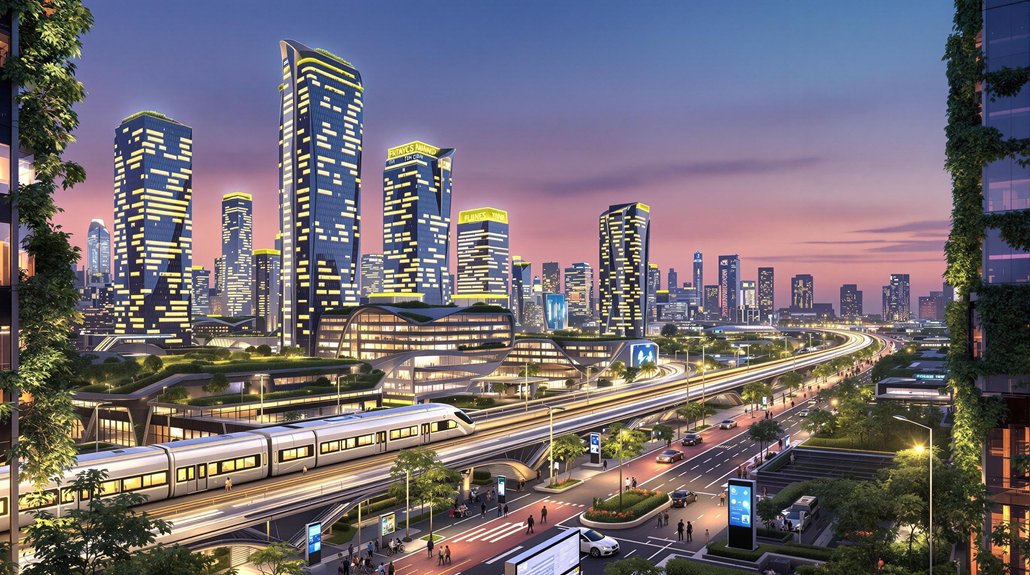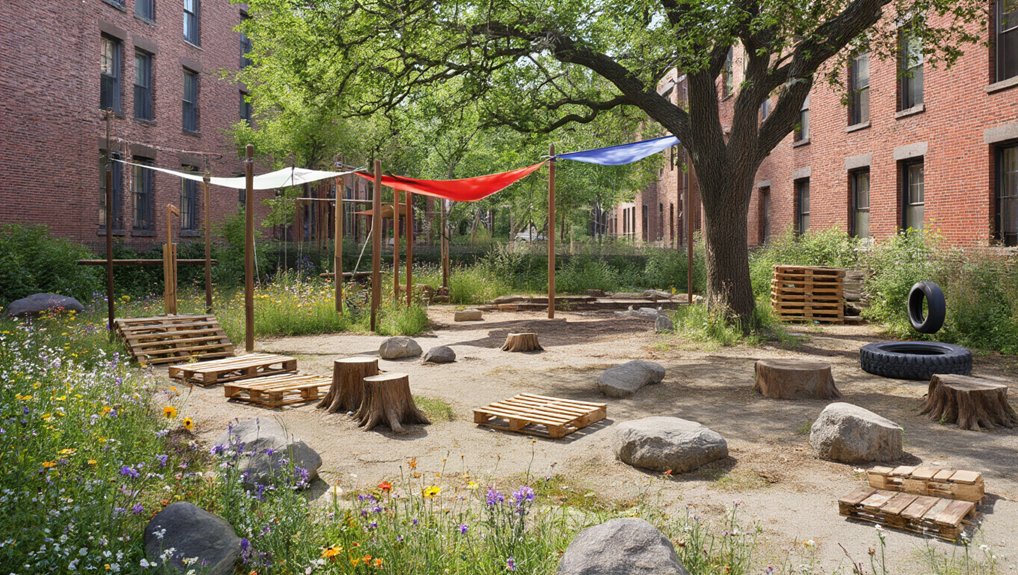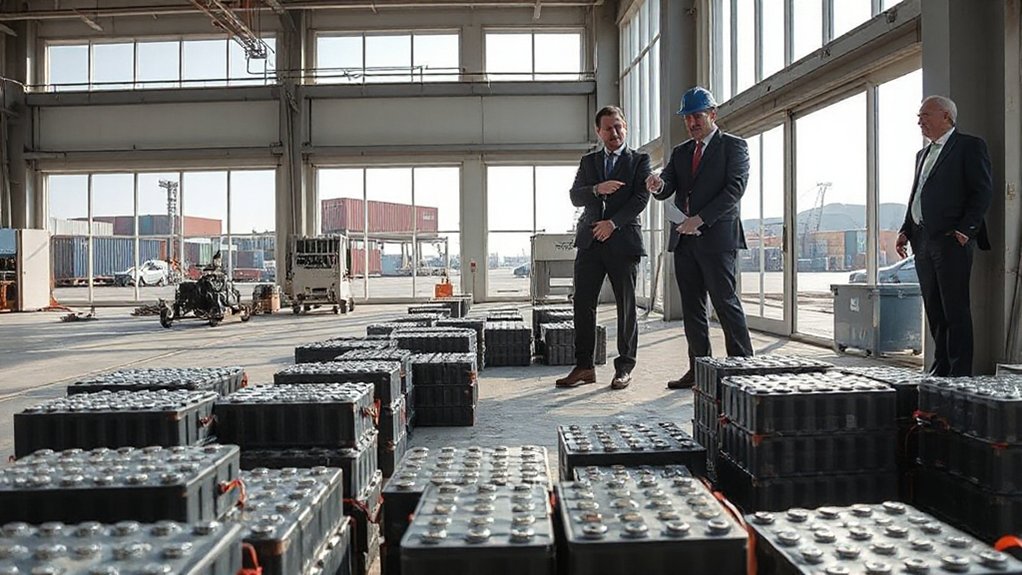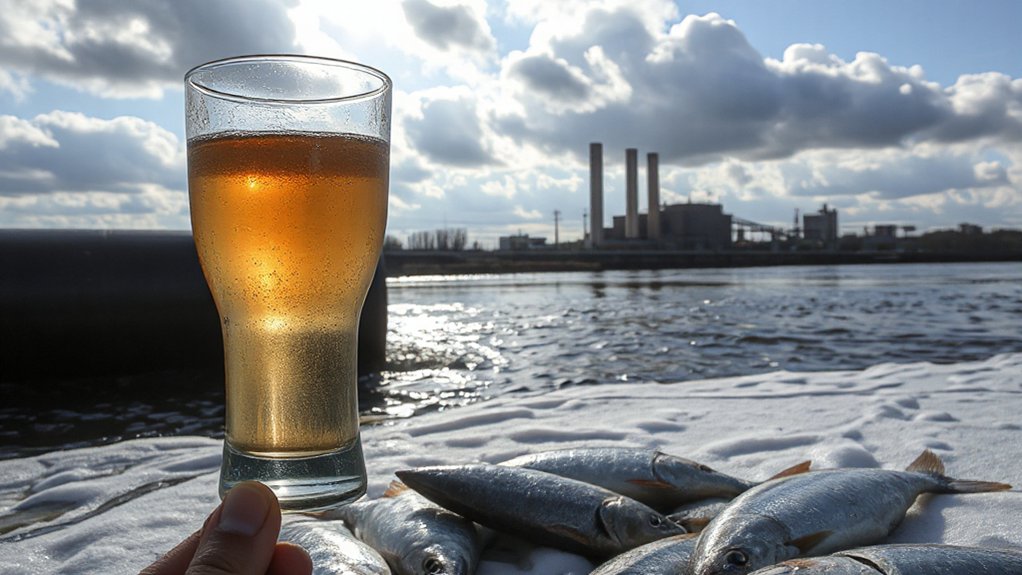Urban rivers, once the lifeblood of civilization, are making a powerful comeback in today’s concrete jungles around the world. Throughout history, most cities emerged along riverbanks. These waterways provided drinking water, irrigation for crops, and vital transportation routes for people and goods.
The relationship between cities and their rivers has changed over time. Many urban rivers suffered severe degradation during periods of industrial growth. Pollution, concrete channelization, and development turned these natural resources into health hazards and eyesores. But today, cities are recognizing rivers’ value and investing in their restoration. Similar to hydropower installations that can last 50-100+ years, properly restored urban rivers provide long-term ecological benefits to cities.
Revitalized urban rivers serve as ecological corridors that connect green spaces across cities. They create habitats for diverse wildlife and support aquatic ecosystems. The vegetation along restored rivers helps cool urban environments, fighting the heat island effect that makes cities warmer than surrounding areas.
These waterways also boost public health. Clean riverfronts encourage people to walk, run, and cycle, helping reduce obesity rates. Studies show that spending time near natural water features decreases stress levels and improves mental health. Better water quality means fewer waterborne illnesses for residents.
Rivers strengthen community bonds too. Riverfront spaces give people places to gather, socialize, and celebrate. They provide equal access to nature for all residents, regardless of income. Some riverbanks now host community gardens, improving local food access.
The economic benefits are significant. Restored rivers increase nearby property values and attract new businesses. Previously abandoned industrial zones along rivers transform into vibrant districts with shops, restaurants, and housing. Local governments use river restoration to spark broader urban regeneration.
Despite these challenges, successful river restoration projects like the Thames in London demonstrate how severely polluted waterways can become clean tourist attractions with proper environmental management. Urban rivers like the Isar and American Rivers are classified as socio-ecological systems due to their complex interactions with human societies. Urban development continues to threaten river health. Effective water quality management and flood control require ongoing attention. Cities must balance development needs with environmental protection.
As urban populations grow, rivers aren’t just scenic features—they’re essential infrastructure providing economic, ecological, and social benefits to millions of city dwellers.
References
- https://urbandesignlab.in/value-of-urban-rivers-experiences-perspectives/
- https://www.frontiersin.org/articles/10.3389/frsc.2022.907044/full
- https://prism.sustainability-directory.com/scenario/impact-of-urban-rivers-on-community-well-being/
- https://www.epa.gov/urbanwaterspartners/why-urban-waters
- https://www.rgs.org/about-us/what-is-geography/impact-of-geography/improving-urban-environments-by-revitalising-degraded-rivers
